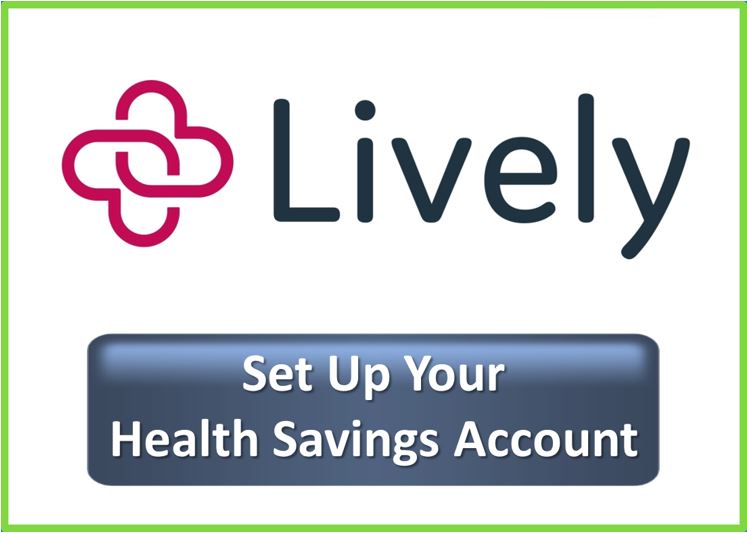Some people automatically get Medicare Part B (Medical Insurance) when they turn 65, and some people need to sign up for Part B. Learn how and when you can sign up for Part B.
If you don’t sign up for Part B when you’re first eligible, you may have to pay a late enrollment penalty.
How much does Part B cost?
Most people will pay the standard premium amount. If your modified adjusted gross income is above a certain amount, you may pay an Income Related Monthly Adjustment Amount (IRMAA). Medicare uses the modified adjusted gross income reported on your IRS tax return from 2 years ago. This is the most recent tax return information provided to Social Security by the IRS.
The standard Part B premium amount in 2024 is $174.70 (up from $164.90 in 2023). Most people will pay the standard Part B premium amount. If your modified adjusted gross income as reported on your IRS tax return from 2 years ago is above a certain amount, you’ll pay the standard premium amount and an Income Related Monthly Adjustment Amount (IRMAA). IRMAA is an extra charge added to your premium.
The total Medicare Part B premiums for high income beneficiaries for 2024 (based on 2022 income) are shown in the following table:

Social Security will contact you if you have to pay Part B-IRMAA, based on your income. The amount you pay can change each year. If you have to pay a higher amount for your Part B premium and you disagree (for example, if your income goes down), you can appeal your IRMAA determination.
Late enrollment penalty:
In most cases, if you don’t sign up for Part B when you’re first eligible, you’ll have to pay a late enrollment penalty for as long as you have Part B. Your monthly premium for Part B may go up 10% for each full 12-month period that you could have had Part B, but didn’t sign up for it. Also, you may have to wait until the General Enrollment Period (from January 1 to March 31) to enroll in Part B, and coverage will start July 1 of that year.








